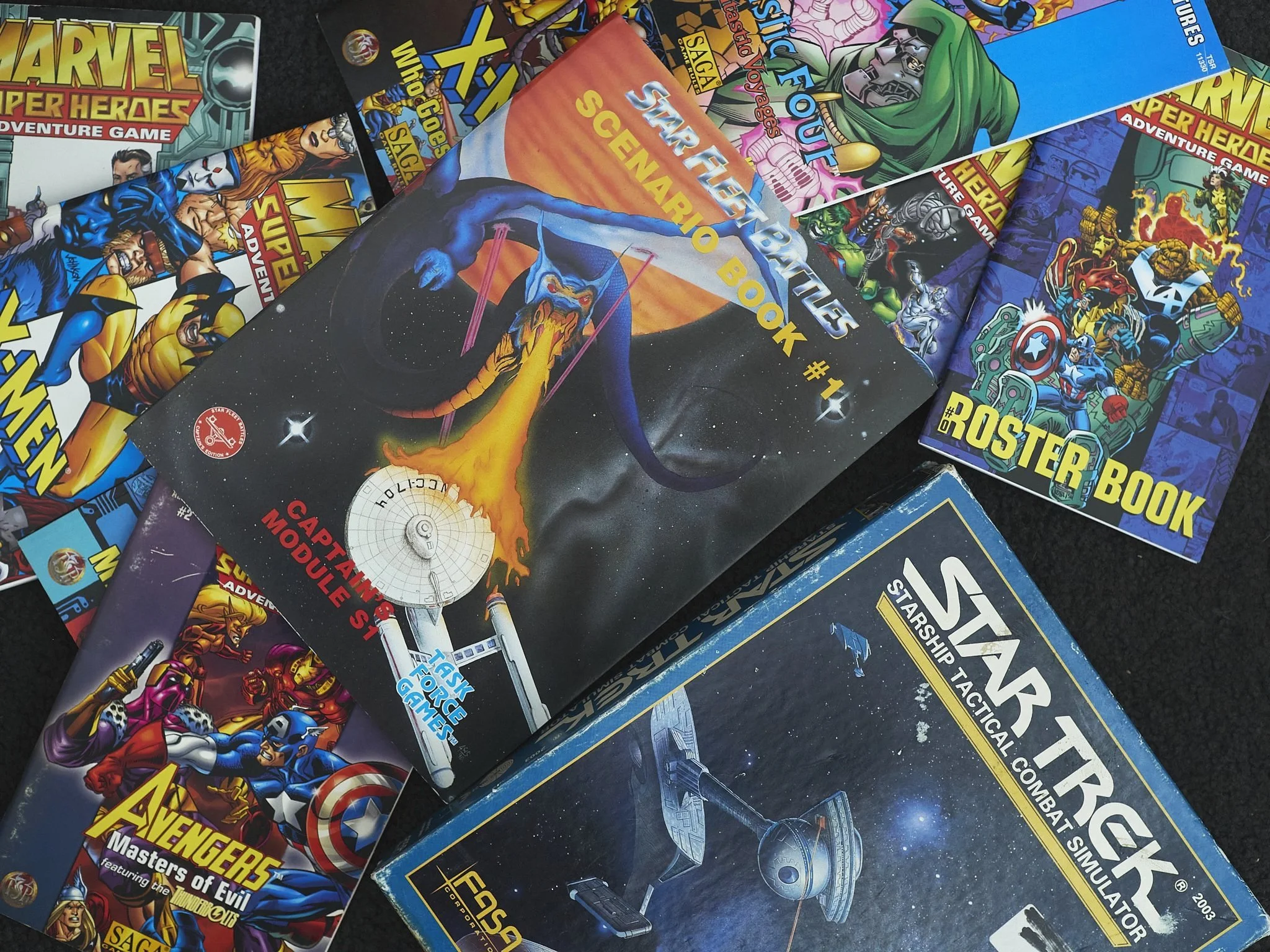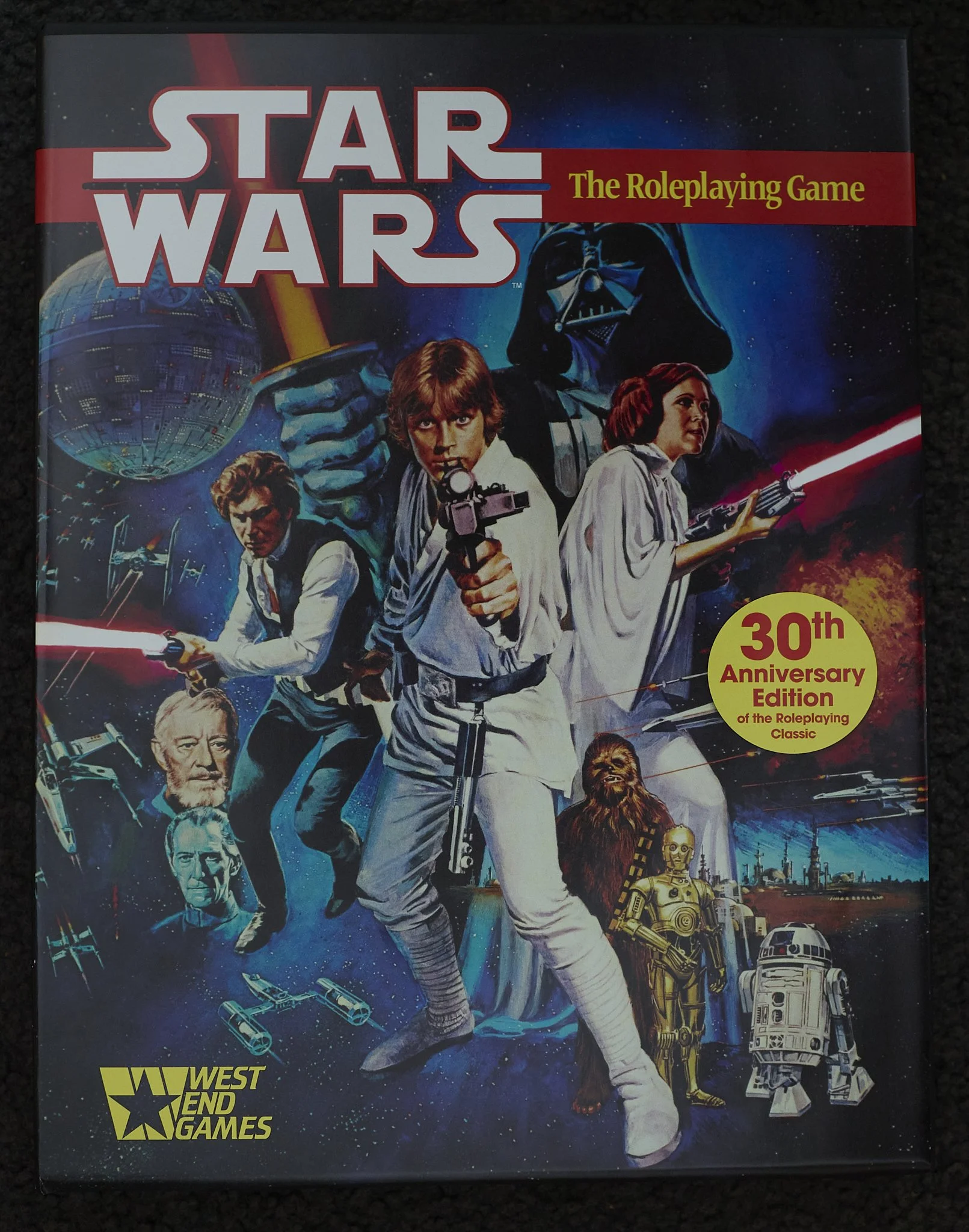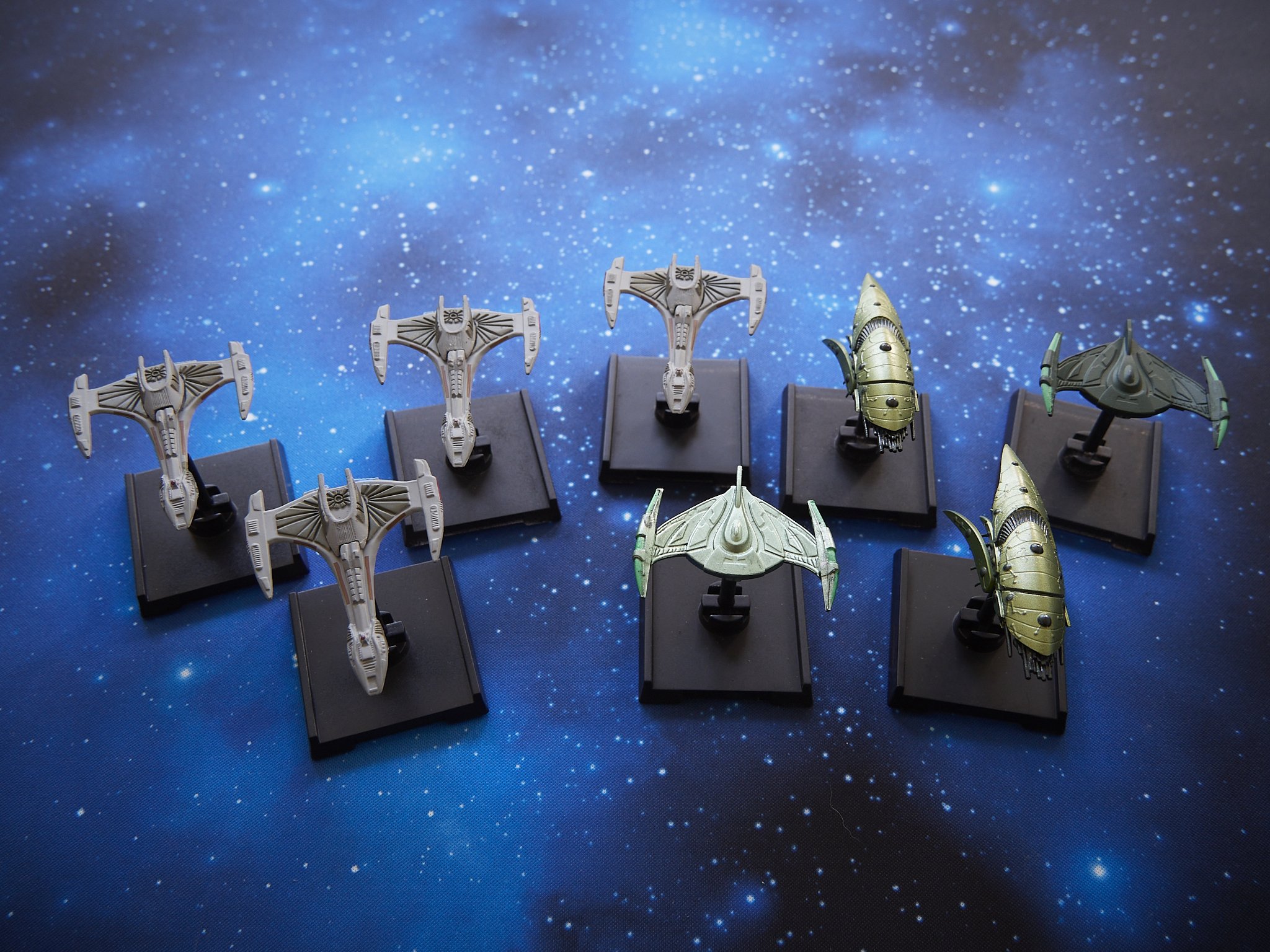The core of my RPG is evolving naturally. It feels good.
I had a close call with (horror of horrors) a 3d6 roll over variant, simply to reduce the math, and this is still lurking as an option, but otherwise, all is on track.
The characteristic tree is something I have been playing with for what seems like an eternity, but is finally stable and seems pretty bullet proof. This is a re-hash of an earlier article, just a little more settled.
These are not necessarily locked in as the one option for the core of each skill, but more a test type option. Firearms for example may have several applications such as Reflexes for quick draw, Wisdom for interpreting danger posed by a weapon in a situation or Perception for determining it’s condition or preciousness, Prowess for auto fire and Balance for aimed fire.
Using the basis of 2x chrs as the “familiar” or “basic training” base level of all tests, they roll out like this.
Paired in connected opposites;
Strength/Dexterity. Gross force and fine motor skills.
Endurance/Agilty. Physical conditioning and build, also indicating health and stature.
Reason/Intuition. Logic and instinct based mental prowess.
Will/Presence. Personality and character.
From here, at the leisure of the players or as needed (and in obscurity if needed by the GM) are the following groupings. More can be used as desired, but these are the logical and therefore most common ones.
First up, the pures (2x the primary above);
2x Str = Might. Strength, pure, brute strength for things that do not move easily.
2x Dex = Manipulation. Fine motor skills for fiddly things.
2x End = Stamina. Pure physical endurance. This is expected to be a fairly dynamic attribute as fitness and health change.
2x Agl = Flexibility. General elasticity, again quite dynamic.
2x Rsn = Wisdom. Analytical thought, no emotions invited.
2x Int = Instinct. The opposite of above, a “thin” stat for some games and even some players. This may get a re-name in some games, like Luck or if the skill spread does not fit (a bit like Power in most d100 games).
2x Will = Discipline. Like Stamina and Wisdom, this is rigid resolve without flexibility.
2x Pre = Charisma. Unfettered outward projection of personality. It may or may not mask a lack of personal depth, with surface veneer of impressiveness.
*
ok, now lets look at combining these within their matched pairs (Str+Dex, Rsn + Int etc). These are important and often compromised as the generation system is a sharing of random die between the two, so unless unusually lucky, the average character will wind up average here.
Str + Dex = Control. This is the combining of gross and fine motor skills. An example may be the focussed lethal strike of a master martial artist or the thrusting of a weapon into a precise location with force.
Agl + End = Conditioning. The overall finess and healthiness of the character. Both these chrs are quite dynamic, being effected by life style effort and age, so this one will change a lot.
Rsn + Int = Perception. A characters ability to notice and interpret the world around them. This juggling match is what defines a persons’ awareness (which was an optional title).
Wil + Pre = Passion. If Will and a projection of self are combined, they are interpreted as a passion for a task or sometimes aggression if the situation fits. Immersive acting, artistic obsession or charismatic leadership come to mind.
*
Now, we mix the pairs of chrs from the physical or non-physical groups. These are some of my favourite combos and cover a few of the core attributes from many other systems.
End + Str = Constitution. This regular in gaming is better represented I feel as a combined attribute.
Str + Agl = Prowess. This is a chr I have often used in smaller spreads to represent all things physical, but the mix of strength and agility is a better defined thing. This separates the more skillful Conan for the Brutish thug.
Agl + Dex = Coordination. Combining the bodies overall flexibility with fine motor skills. This is often ust covered by Dex as Con covers overall robustness, but I feel it falls short with characters like adroit gamers, not in the best of health or Olympic acrobats who are a little clumsy and ham fisted.
Rsn + Will = Concentration. Mental focus and application. Just one or the other falls short of this chr, both are needed to make it work.
Rsn + Pre = Persuasion. Talking people into things can take some charisma, but also needs some smarts.
Pre + Int = Empathy. The softest and most flexible of mental attibutes, Empathy covers emotional connections with other living creatures, but may also include artistic appreciation and a sixth sense for things.
*
Now for some common combinations that are a mix of physical and mental attributes, but may at first seen ounter intuitive. Lets see what comes from them. Each chr is represented twice, but others are likely possible.
Rsn + Str = Leverage. The application of brute strength intelligently.
Int + Dex = Reflexes. Instinct and hand speed. This is probably a common one in combat based campaigns.
Wil + Str = Tenacity. Strength aplied with that less obvious perconal grit that often splits the try-hards from the winners in tests of strength.
Pre + Dex = Finesse. An odd one maybe, but a representation of the smooth confidence and skill someone can exibit when performing some hand based tasks that require a little something to impress or confuse, like a sleight of hand magician, thief, grafter, seductress or cocky cocktail bar tender.
Rsn + End = Determination. Sticking to a task, staying physically alert, resisting distractions or temptations to achieve a specific task. May come in handy in an already crowded field.
Will + End = Resilience. Different to Tenacity which is an application of strength, or Determination which is more about choosing to apply one’s logical self pro-actively, this is more about passive resistance to physical stresses and discomfort, as well as healing and restraint. I guess the easiest way to look at it is, an unconsciuos person could test their inner Resilience, where Determination requires active thought.
Int + Agl = Balance. A crucial one for many acrobatic tasks Balance combines the physical and instictive self for Balanced skill and general calmness. It will be a staple for weapons handling, acrobatics, jumping etc.
Agl + Pre = Poise. Like Finesse, but more athletic, Poise is the skill a character moves with, their Deportment, also eluding to the characters’ physical stature and build. Like Finesse, this is more about impressing others with actions than the actual practical result of the action which brings to mind a secondary or combined test process (did it, but well enough to impress?). Again like Dex vs Agl, Poise vs Grace can be extremely different to each other due to physical considerations.
































